How Interest Rate Hike No. 5 Affects CRE
Experts elaborate on what to expect next.
Wednesday’s news that the Federal Reserve Bank has again raised interest rates comes with little surprise, as the central bank has yet to see inflation slow down. Despite four previous rate hikes this year in March, May, June and July, consumer prices as well as consumer spending remain high.
The Fed raised the federal funds rate by .75 percent for the third consecutive time, bringing it to a range of 3 to 3.25 percent. The average 30-year mortgage rate was increased to 6.25 percent, the highest we have seen since 2008.
Previously, on March 16, the Fed announced a 25 basis-point hike in response to economic pressures from COVID, inflation and the war in Ukraine. This marked the first increase in more than three years. In May, a 50 basis-point increase paired with the lowest job report gain since April 2021, with the addition of only 390,000. The largest increase since 1994 came in June, when the Fed made a 0.75 percentage-point rate increase. The second 75 basis-point increase followed the next month, with July pushing the federal funds rate to a range of 2.25 to 2.5 percent.
The new interest rate raise follows a recent report by the Bureau of Labor Statistics showing that the Consumer Price Index for All Urban Consumers (CPI-U) rose 0.1 percent in August, a higher-than-expected increase. Although the CPI decreased slightly from an 8.5 percent increase over the past year in July to 8.3 percent in August, the improvement was not enough to halt a further rate increase from the central bankers.
Potential market trajectory
The Federal Reserve’s dot plot is predicting the path of rates to raise to 4.6 percent in 2023 due to some potential 1.25 points of further increases throughout the rest of the year. As recently as March of this year, the federal fund rate was set near zero.
“The third 75-basis-point hike in a row and the maintenance of references to broad based price pressures and future hikes ahead underscore how the Fed is now singularly focused on trying to control inflation,” said Brian Coulton, chief economist at Fitch Ratings. “Based on our expectation that the Fed will take the rates to 4 percent by December, this will be one of the fastest episodes of Fed tightening in the post-war period.”
Fitch Ratings has cut growth forecasts since the June Global Economic Outlook, now expecting 2022 world GDP to grow by 2.4 percent. This is down by 0.5 percentage points.
Carlos Legaspy, president & CEO of Insight Securities, noted that he believes inflation has reached its peak and that the Fed will hold further hikes to see if indeed inflation eases. However, should it not, he says he believes we will see further raised rates. “For the markets, a 0.75 percent is already baked in, if it’s more than that it could shake the markets. If it’s 0.75 percent or 0.5 percent, it may give the market an excuse for a relief rally. Markets will continue to be choppy through the end of the year,” Legaspy told Commercial Property Executive.
There are hopeful potentials for inflation decreases. A survey of consumer expectations by the Federal Reserve showed that median one- and three-year-ahead expectations of inflation declined from 6.2 percent and 3.2 percent in July, to 5.7 percent and 2.8 percent in August.
“We expect to see inflation stabilizing, probably at around current levels, before starting to moderate—possibly quite rapidly—next year,” Nick Axford, principal & chief economist at Avison Young, told CPE. “Nevertheless, we expect to see further rate increases from the Fed during the fourth quarter, probably in smaller increments, until it is clear that demand in the economy has slowed and the ‘demand pull’ inflation which has been driving up prices is coming under control. This deliberate policy of slowing the economy will feed through not the demand side of the real estate market, whilst the increase in the risk free rate (10-year government bond yield) we have seen will impact pricing across all investment asset classes, including real estate.”
Impact on CRE Financing
“One of the areas that the Fed is targeting is real estate. It wants the cost of housing to stop going up, so the sector has a significant headwind. However, if the Fed is unsuccessful, then real estate offers a good hedge against inflation. Those are the two forces battling each other,” said Legaspy.
READ ALSO: How Cybersecurity Concerns Impact CRE Finance
Real estate has seen economic slows in the construction of new homes while mortgage rates climb. The Mortgage Bankers Association altered its 2022 commercial and multifamily mortgage borrowing and lending forecast to project an 18 percent decline from $891 billion in 2021 to $733 billion in 2022.
“If delinquencies increase too much—beyond what lenders have for their acceptable range of losses, they may tighten their underwriting. It is likely that consumers will still be able to get financing but it will cost more, even beyond the increase due to the Fed rate hike,” Vice President of Financial Service Research and Consulting at TransUnion, Michele Raneri, told CPE.
Raneri continued to say that if this increase in rates is effective, the market will see fewer sales, in turn influencing prices to decrease.
“The bottom line is that there are less proceeds available for financing. There is likely to be continued repricing on [development/construction financing, redevelopment, refinancing] in order for capital to transact,” Mark Ritchie, principal at Gantry told CPE. “What we can’t forget is that the past 10 years have been an anomaly as to interest rates and experienced, savvy operators should be able to navigate the current environment.”
Ritchie continued to say debt capital is plentiful for the CRE industry and we have moved from Debt Yield to Debt Coverage Ratio. “Throughout 2022, we’ve been in a ‘boiling the frog environment’ as to increasing interest rates. This is a continuation of activities beginning early this year. It is just much ‘hotter’ as to interest rates. For acquisitions we are in a pricing discovery environment, particularly since 2021 cap rates do not allow for financing to be accretive in the current interest rate environment. The challenge for those requiring debt is to fully understand the realities of current debt capital markets.”
Construction challenges
Projects that were initially projected for sales purposes are now being refinanced instead, as selling one property and then moving to another with a higher mortgage is not ideal. CRE can expect to see fewer sales moving forward, as owners will hold on selling at what they view as below-market rates, while buyers will likely wait until values are corrected. According to Axford, this suggests a lower 2024 transaction volume through quarter four as well as into early 2023.
“All financing deals will be more difficult. As rates rise, the cost of financing construction projects becomes more expensive and can make the entire project more cost prohibitive,” Paul Rahimian, CEO and founder of Parkview Financial told CPE.
Impact on main property types
While sales numbers may decrease, certain sectors such as industrial and life sciences can remain strong. A record 551 million square feet of industrial space were absorbed in the 12 months ending in April, according to Marcus & Millichap.
The office market has widely adapted to a post-COVID landscape of work-from-home, with a large number of vacant spaces. With employees wanting to stay home, partially impacted by exponentially high gas prices, office spaces pose risk to owners and investors. “Office is facing headwinds from external forces and any non-inflation-protected asset has been negatively impacted,” said Ritchie.
“Every aspect of the market will be impacted to some degree, and we see the major differentiation being by quality—of asset and location—rather than necessarily by sector. That said, those sectors with strong structural growth drivers—for example urban logistics and life sciences—and which are thus less dependent on cyclical demand growth, will hold up better. But rising risk-free rates and finance costs are likely to feed through to impact most aspects of the market to some degree or another—when interest rates go up by 300 bps in just six months, very few areas of the market will be immune from some degree of repricing,” said Axford.


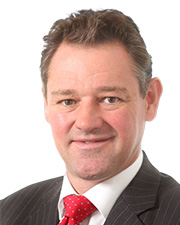



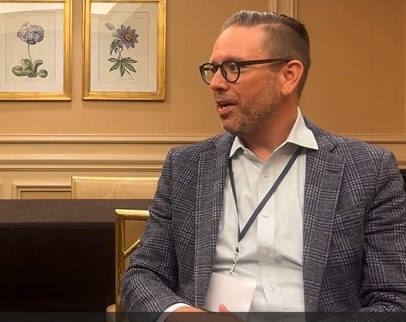
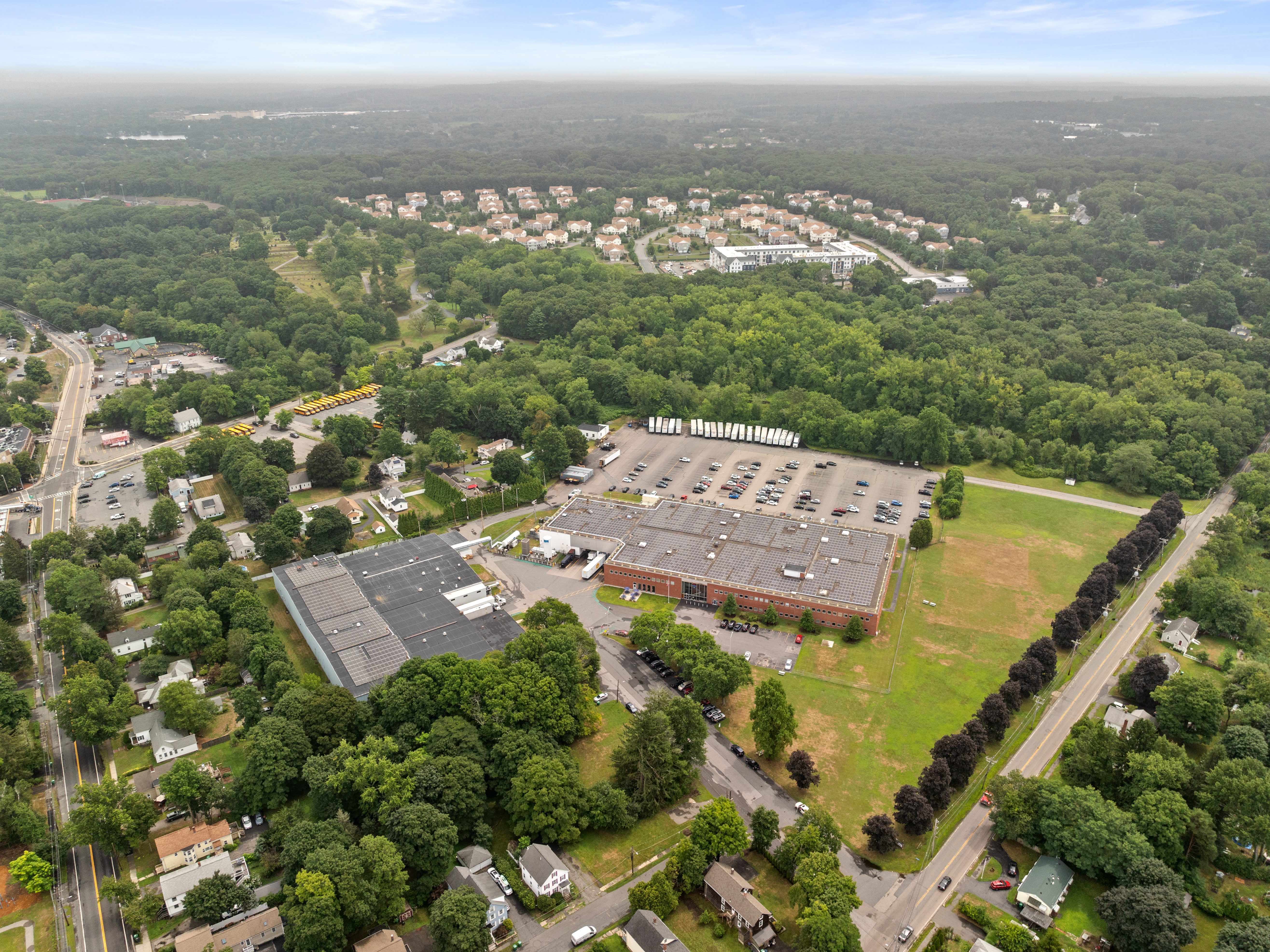
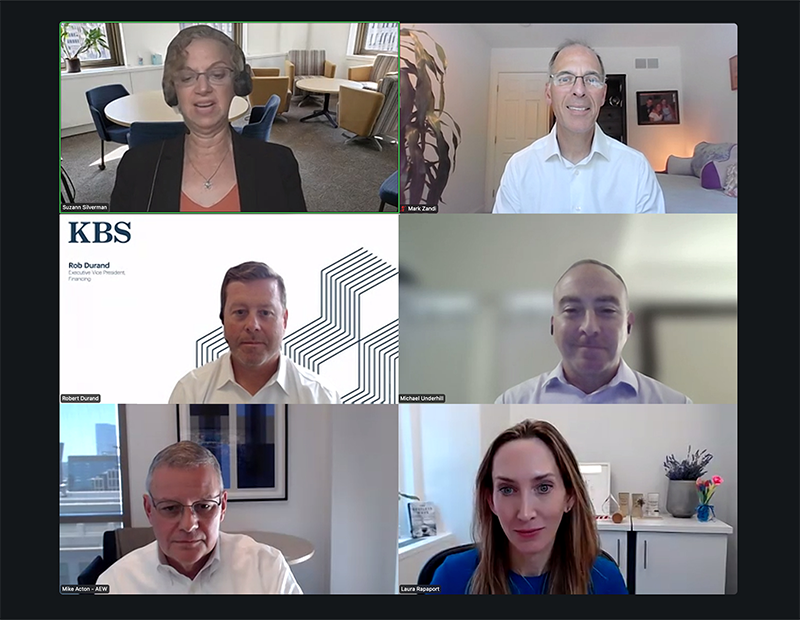

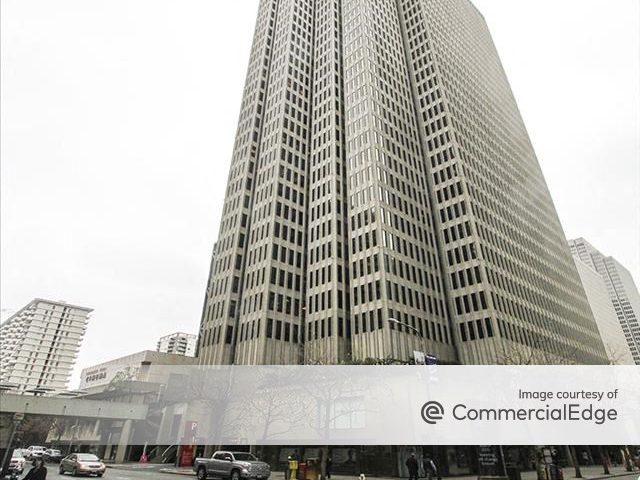
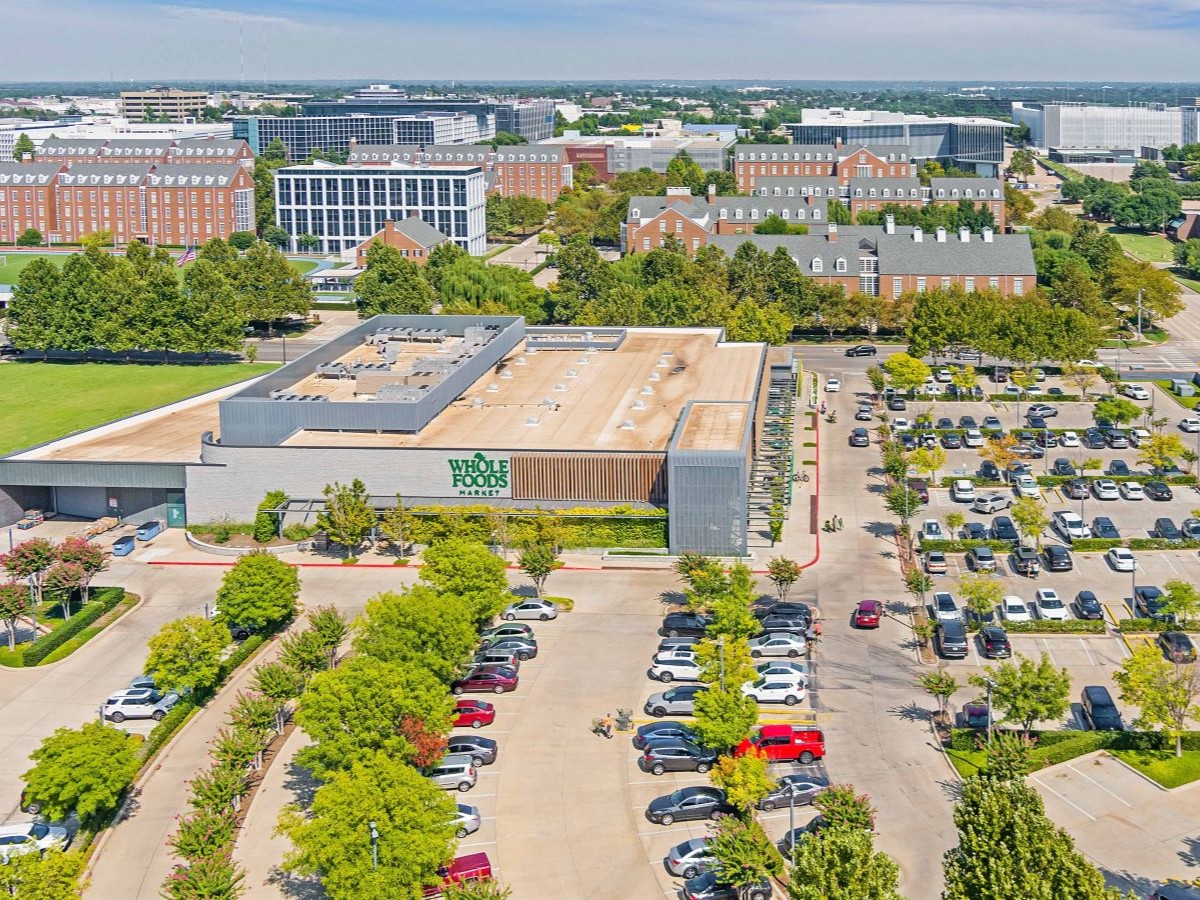
You must be logged in to post a comment.